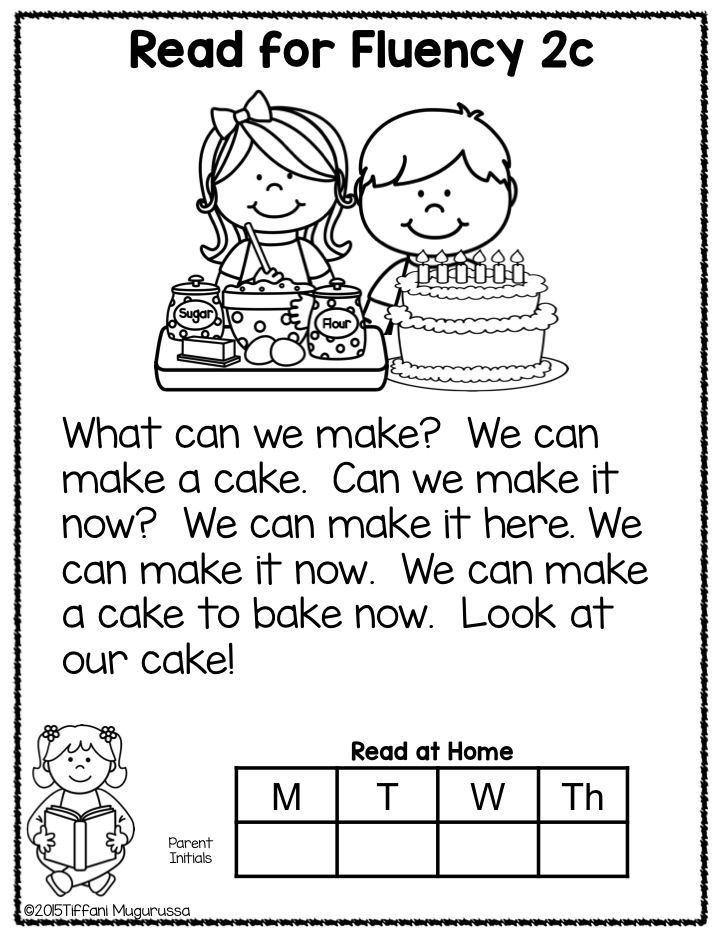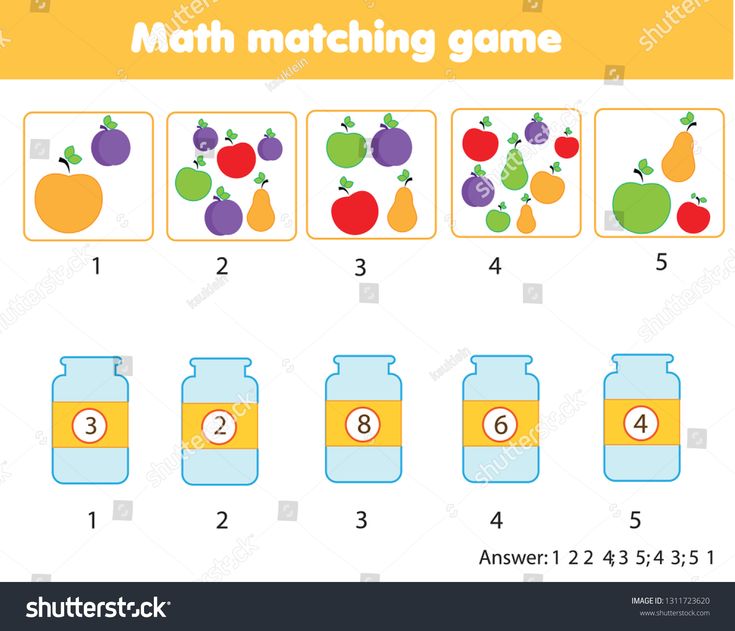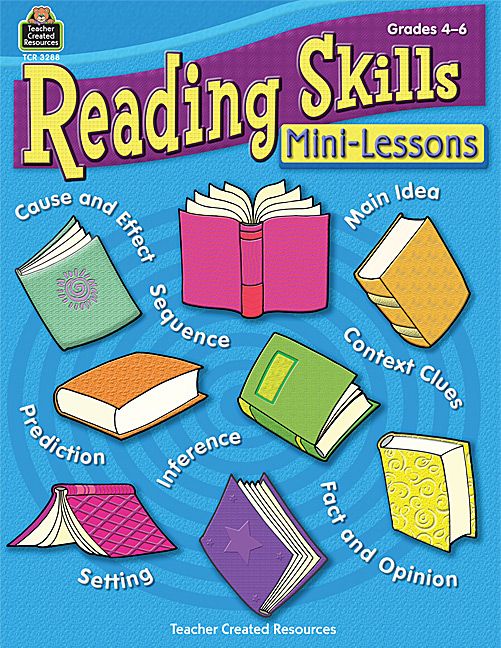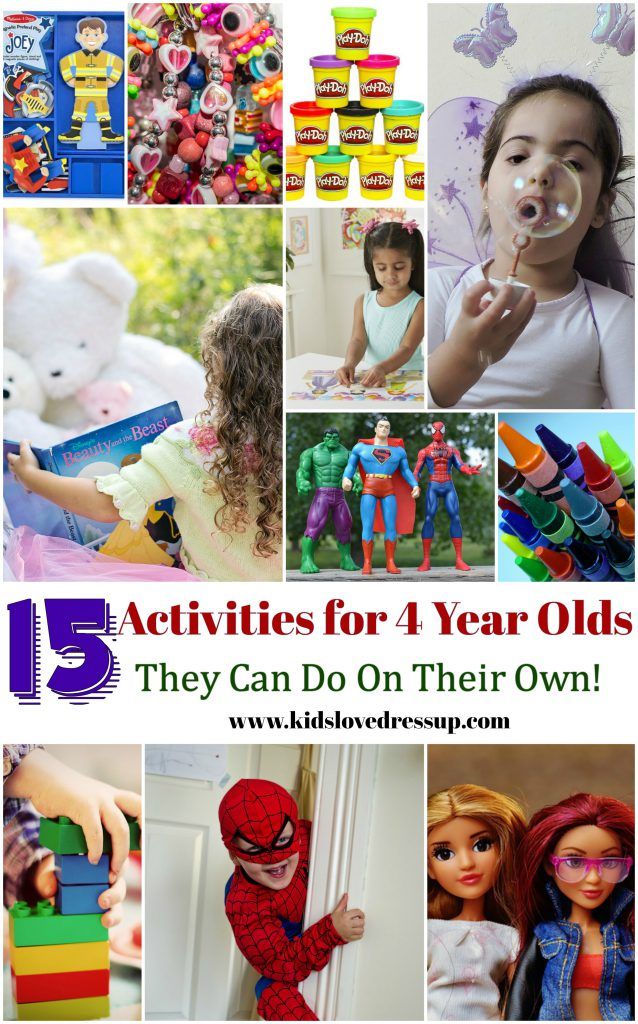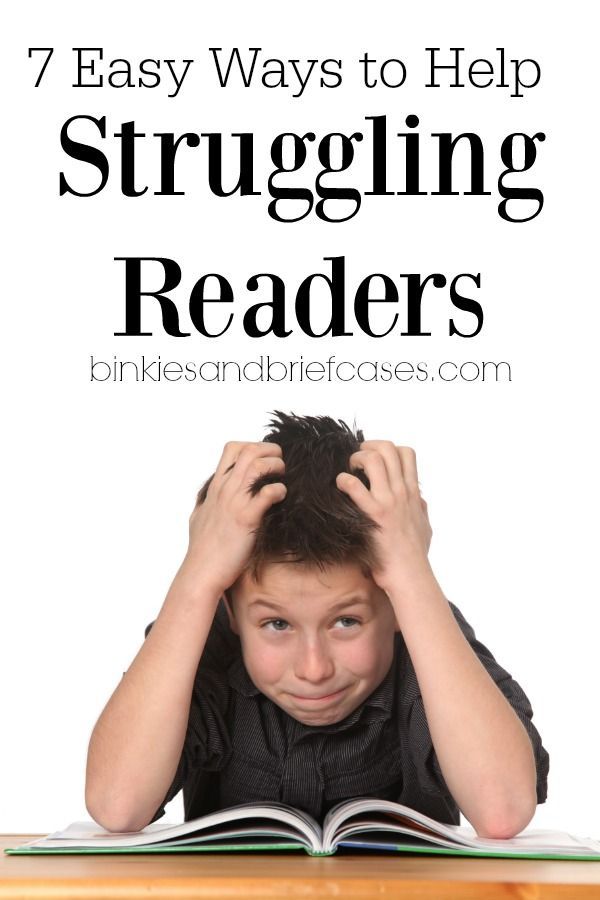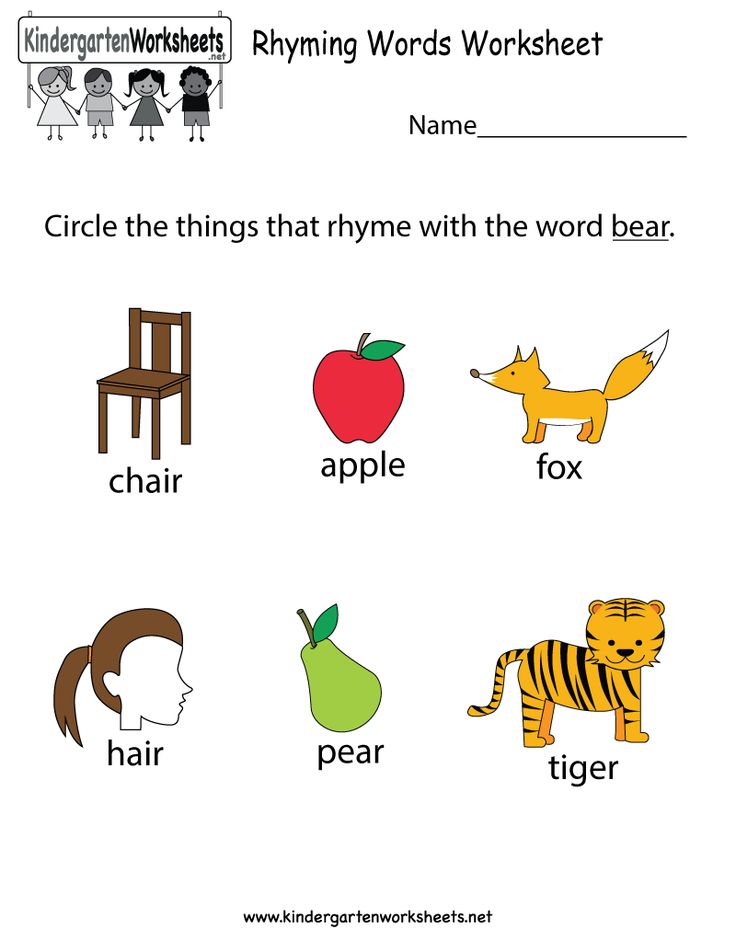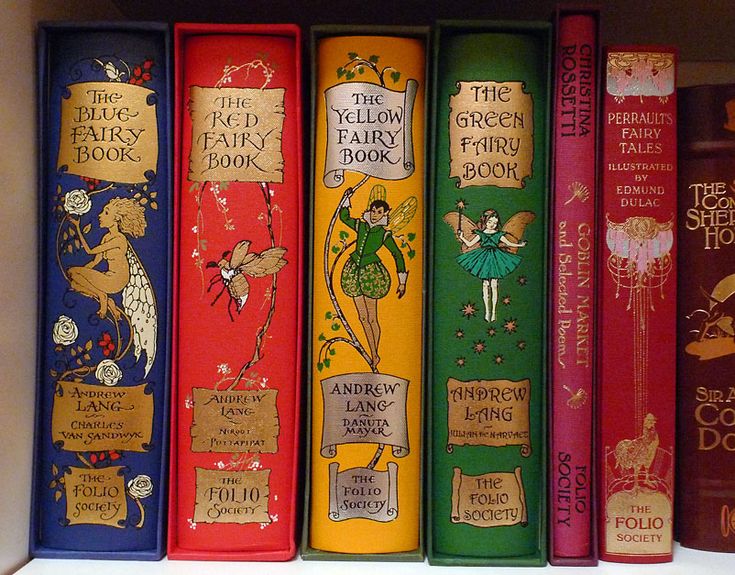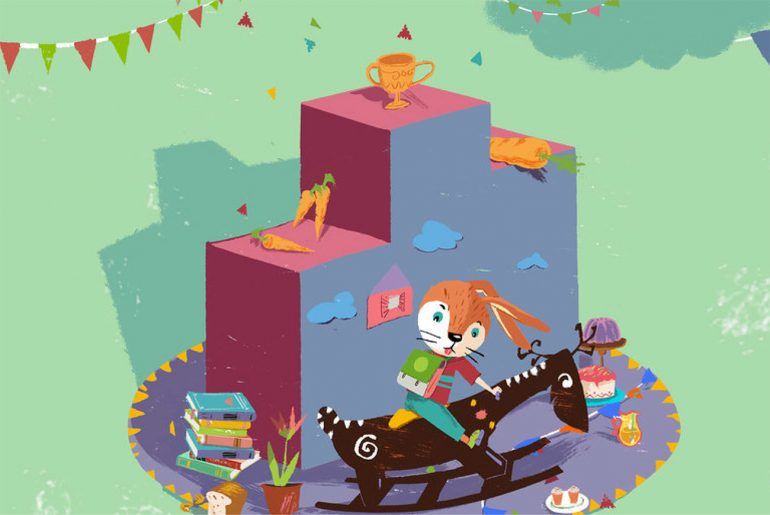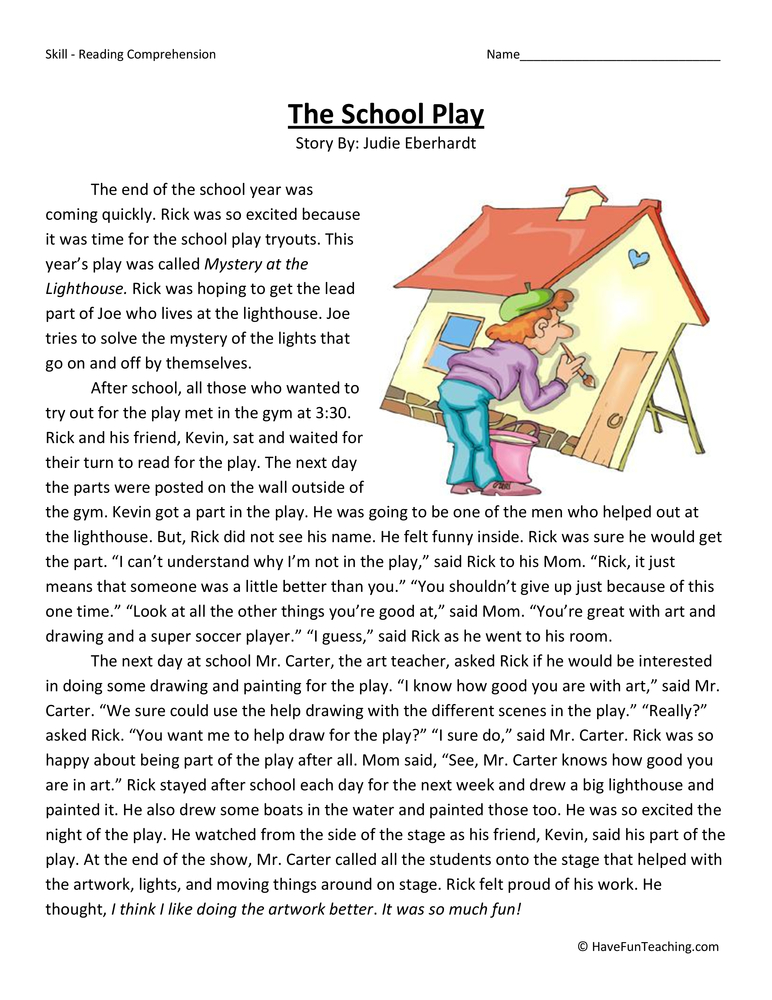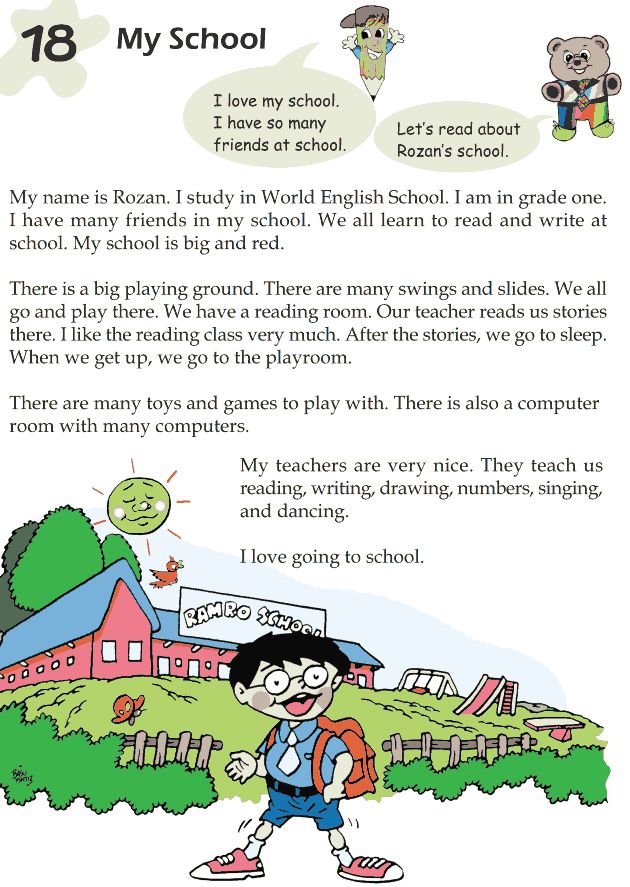Early literacy components
Six Early Literacy Skills – Colorado Libraries for Early Literacy
Early literacy is everything a child knows about reading and writing before he or she can read or write.
Based on research, the first iteration of ECRR identified six early literacy skills that children must know before they can learn to read.
Print Motivation
Being interested in and enjoying books
Why is it important?
A child who experiences books and reading as positive or enjoyable will be more likely to want to learn to read on their own. Motivation is important because learning to read is HARD WORK!
It’s important that we make sure our children start reading and listening to books from day one and that they have a good time with books.
What Can You Do to Help Build this Skill?
- Have fun!
- Read books you both like
- Stop (or shift gears) when it is no longer fun. Length of time is not important; enjoyment is!
Print Awareness
Noticing print everywhere, knowing how to handle a book, and knowing how to follow the written word on the page
Why is it important?
Children have to be aware of words before they can read them. They need to know how books work–the front cover, what’s upside down, which page to start on, how to look from left to right.
When kids are comfortable with books, from knowing how to open a book to understanding what those black squiggles are, they can concentrate on starting to read the words.
What Can You Do to Help Build this Skill?
- Read board books that your child can handle on his/her own; let him/her turn the pages as you read together.
- Sometimes point to the words as you read.
- Talk about print even when you are not reading together. Look for letters and words on signs, labels, and lists.
Letter Knowledge
Knowing that letters are different from each other, knowing letter names and sounds, and recognizing letters everywhere
Why is it important?
To read words, children have to understand that a word is made up of individual letters.
What Can You Do to Help Build this Skill?
- Look at and talk about different shapes (letters are based on shapes).

- Play “same and different” type games.
- Look at “I Spy” type books.
- Notice different types of letters (“a” or “A”) on signs and in books.
- Read ABC books.
- Talk about and draw the letters of a child’s own name.
Vocabulary
Knowing all kinds of words
Why is it important?
It’s much easier to read a word when it’s a word you already know. Children with bigger vocabularies have an easier time when they start to read, since it’s much easier for them to make sense of what they’re sounding out.
What Can You Do to Help Build This Skill?
- Encourage children to learn their native or home language first; this makes learning another language (speaking and reading) easier later.
- Talk with children in positive and conversational ways; commands and “no’s” do not encourage language development.
- Carry on lots of conversations with children.
- Explain the meanings of new words.

- Read books! Picture books use a different vocabulary than casual spoken conversation.
Phonological Awareness
Hearing and playing with the smaller sounds of words
Why is it important?
Children who can hear how words “come apart” into separate sounds will be more successful at “sounding out” words when they start to read.
Knowing when two words rhyme, recognizing words that have the same beginning or ending sounds, and identifying syllables are all examples of phonological awareness.
What Can You Do to Help Build This Skill?
- Sing songs; most break words up into one syllable per note. Reading works with syllables also.
- Recite rhymes; rhymes depend upon ending sounds.
- Play with tongue twisters.
- Pick a sound for the day. Notice it at the beginning of words and at the end of words.
Narrative Skills
Describing things and events, telling stories, knowing the order of events, and making predictions
Why Is It Important?
When children can describe something or retell stories, it shows that they are comprehending what they are reading.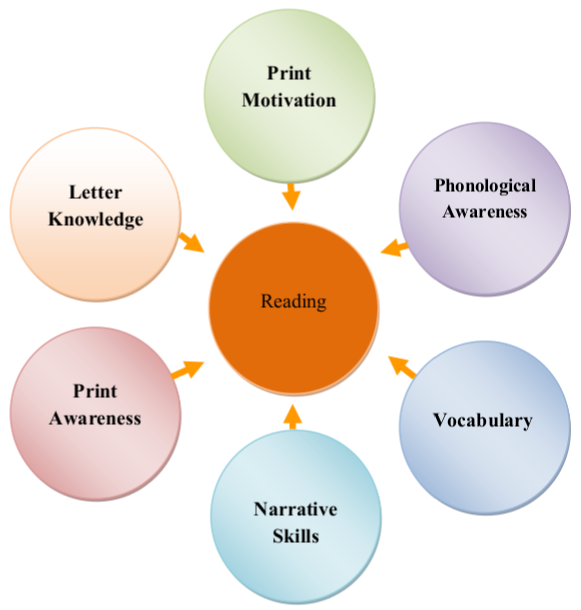 Understanding what they’re reading is crucial to helping them stay motivated to keep reading.
Understanding what they’re reading is crucial to helping them stay motivated to keep reading.
What Can You Do to Help Build This Skill?
- Ask open-ended questions that encourage conversations rather than yes/no or right/wrong answers.
- Talk about your day and its series of events.
- Mix up the events in a story; make it silly!
- Guess what comes next—or come up with a different ending.
- Read stories without words; they really help focus on this skill.
- Name objects, feelings, and events.
Resources – Every Child Ready to Read
Libraries Emerging as Leaders in Parent Engagement
Phi Delta Kappan article by Donna C. Celano and Susan B. Neuman
The Every Child Ready to Read program encourages parents to interact with their children using the five practices of early literacy: singing, talking, reading, writing, and playing. The program is reaching children in high-need communities who are likely to enter school less prepared their wealthier peers.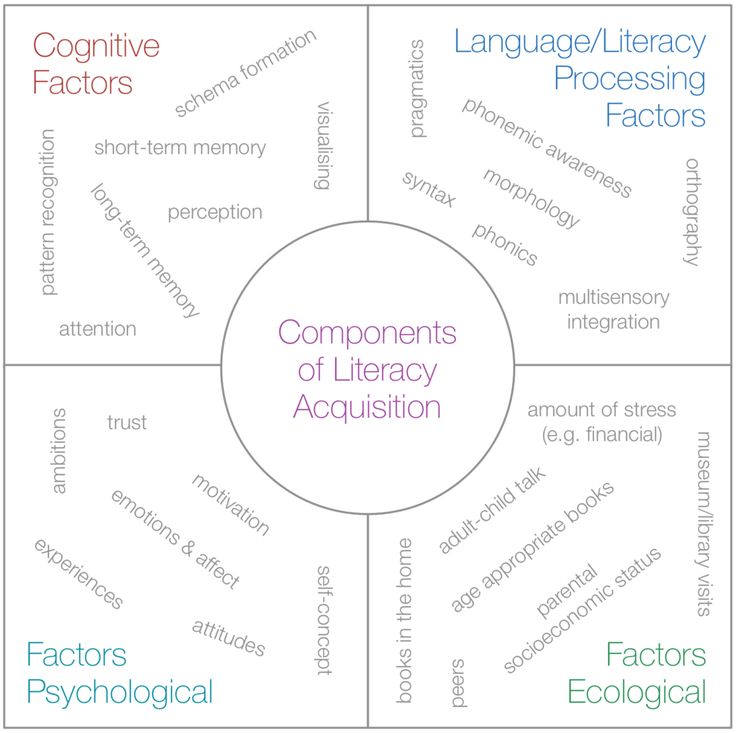 Every Child Ready to Read has found that libraries hold a unique advantage in fostering parent education. Nearly every community has a library and their services are free. Finding partnership with other agencies has also helped expand their reach to parents and families who can most benefit from their services.
Every Child Ready to Read has found that libraries hold a unique advantage in fostering parent education. Nearly every community has a library and their services are free. Finding partnership with other agencies has also helped expand their reach to parents and families who can most benefit from their services.
How to use value-based language to advocate for library services to children & families
Bringing Literacy Home: An Evaluation of the Every Child Ready to Read Program (2017)
Libraries are taking a proactive approach toward engaging parents and caregivers supporting the early literacy development of their children, and the Every Child Ready to Read® (ECRR) @ your library® Program is an excellent tool to ensure libraries’ success. These were two of the key findings of a study released in November, 2017, by Dr. Susan B. Neuman, a professor of childhood education and literacy development at New York University. Currently more than 6,000 libraries have invested in the ECRR Toolkit, which is used to implement ECRR in the library.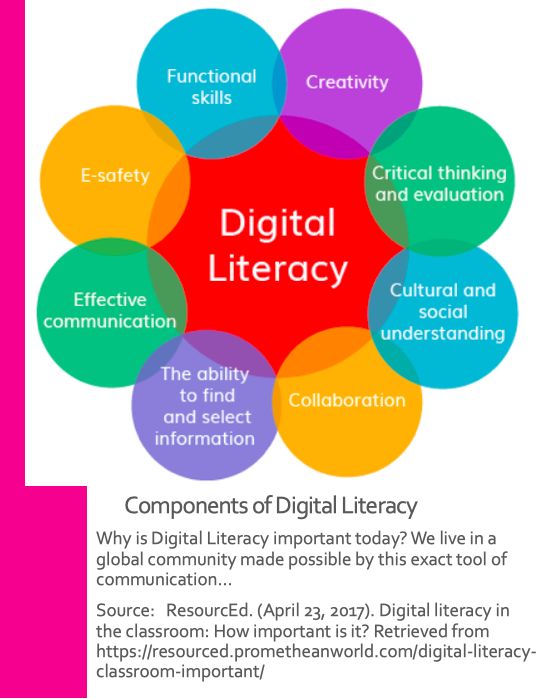 ECRR is based on two core concepts: reading begins at birth, and parents are a child’s first and best teacher.
ECRR is based on two core concepts: reading begins at birth, and parents are a child’s first and best teacher.
In 2013, the Public Library Association (PLA) and Association for Library Service to Children (ALSC) received a grant from the Institute of Museum and Library Services to conduct a national study on the effect of library programming on parent behavior and engagement using the ECRR model. From 2013-2016, the research team observed and evaluated storytime programs at 57 library branches representing 36 different library systems across the country. From that group, 20 target libraries were selected for the study—ten that were deemed to be strong implementers of the ECRR curriculum, and ten that were not. Neuman et. al. observed significantly greater engagement of parents and caregivers in the libraries that used the ECRR program: these libraries offered more opportunities for parents and children to interact, more parents-only workshops, and more diverse program offerings.
“Although seemingly simple, the ECRR initiative represents a sharp turn in the way many libraries approach children’s services,” the report reads. “Previously, librarians focused their attention primarily on children, not on parent education. Today, librarians see that they can have a greater impact on early literacy by focusing on the primary adults in a child’s life – parents and caregivers.”
“Previously, librarians focused their attention primarily on children, not on parent education. Today, librarians see that they can have a greater impact on early literacy by focusing on the primary adults in a child’s life – parents and caregivers.”
So you have an interview coming up with a local TV or radio station or a short speaking engagement at an event or conference. Excellent! This is a great way for your library to get important early literacy messages to a lot of people in a short time. The reality is though, that you will likely only have a few short minutes to communicate a lot of information. To help you successfully meet this time challenge; we’ve compiled these talking points – everything the world needs to know about ECRR & Early Literacy in compelling and short points.
Please note that if you are contacted by any national press organization, (such as NPR, the Huffington Post, The New York Times, etc.) regarding your ECRR programming, we ask that you contact us (ecrr@ala.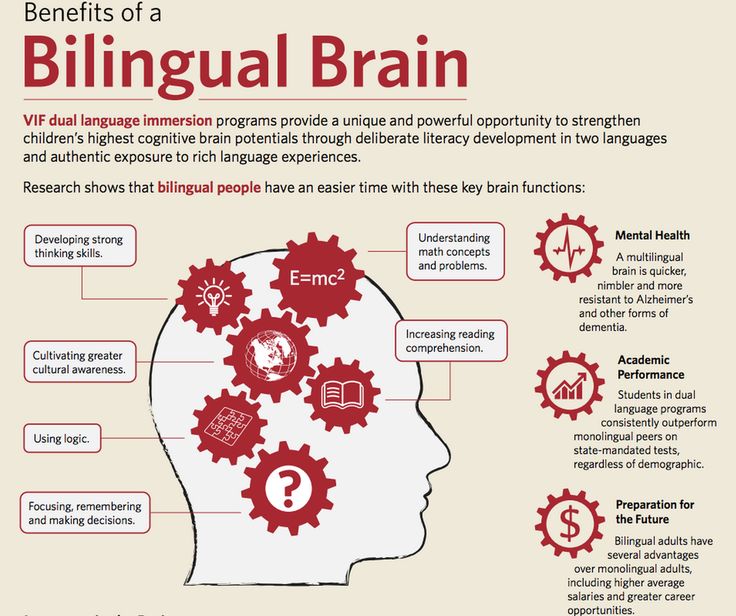 org) immediately so that we can provide you with important information and also coordinate the interview via the ALA Press Office.
org) immediately so that we can provide you with important information and also coordinate the interview via the ALA Press Office.
First, a few tips on preparing for your interview
• Have talking points (see below for ECRR talking points). You should always go into an interview with at least three key messages or talking points that you want to make. Focus on making those points, no matter what questions are asked. Guide the interview.
• Bridge to your key messages or talking points. If a question seems off topic, bring it back around to what you want to say. For example, you might bridge by saying “That is an interesting question. I think the issue at hand is…”
• Be concise. Give answers that are brief, and always answer in complete sentences. This way the reporter will not have to edit your statement and you are less likely to be misquoted or taken out of context.
• Limit industry jargon. Use terms familiar to the general public to ensure your message is clearly communicated.
Use terms familiar to the general public to ensure your message is clearly communicated.
• Let us know if you plan to mention Every Child Ready to Read! Email us at [email protected]. We can answer questions or provide you with information you may need to prepare for your interview. Again, if you are contacted by any national press organization regarding your ECRR programming, it is important that you contact us ALSC/PLA immediately so that we can coordinate via the ALA Press Office.
Talking Points – Every Child Ready To Read
• Your Mission–State your library’s mission regarding early childhood literacy and detail your library’s early literacy programs (1 or 2 at most). Emphasize that “the library has research-based early literacy workshops and supporting materials to help parents and caregivers get children ready to read.” Mention that the library’s early literacy programs are derived from the American Library Association’s Every Child Ready to Read program, a research-based series of practices that can help young children develop essential literacy skills that will help them get ready to read and on the right path to school readiness and student success.
• Key Message to Return to Throughout Interview — Emphasize where possible that “Learning to read begins at birth.” and “Parents and caregivers are a child’s first and best teacher.”
• Educate listeners/viewers–Emphasize the five practices, talking, singing, reading, writing, playing — as well as the importance of parental involvement. Remind listeners that parents and caregivers are a child’s first and best teachers. Let listeners know that program also is available in Spanish (if this applies to your library). Using the five simple but effective practices, parents and caregivers can help children develop early literacy skills, that will get them ready to read. Go over the five practices:
1. Talking: Talking with children helps them learn oral language, one of the most critical early literacy skills. Children learn about language by listening to parents talk and joining in the conversation.
2. Singing: Singing develops language skills.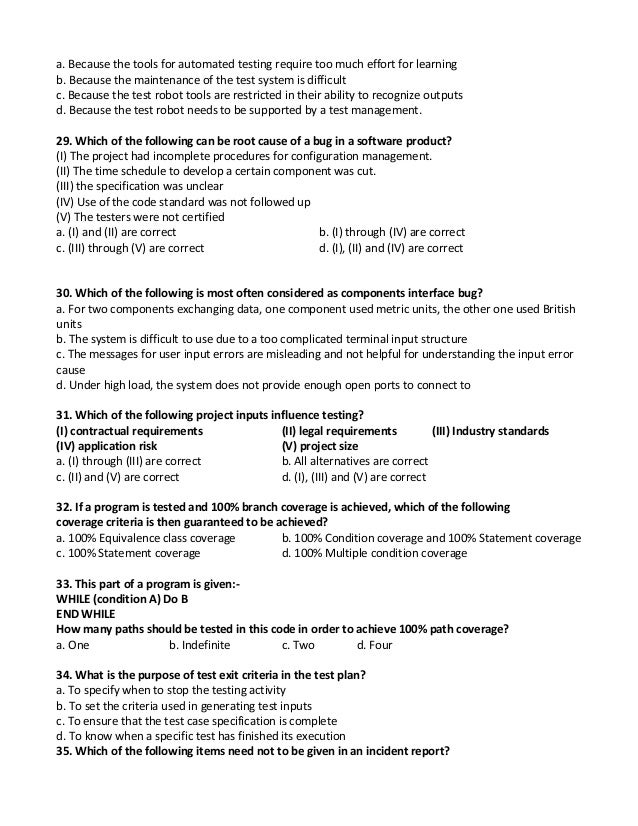 Slows down language so children can hear the different sounds in words. Helps children learn new words and information.
Slows down language so children can hear the different sounds in words. Helps children learn new words and information.
3. Reading: Reading together develops vocabulary and comprehension, nurtures a love for reading, and motivates children to want to learn to read.
4. Writing: Children become aware that printed letters stand for spoken words as they see print used in their daily lives.
5. Playing: Play is one of the best ways for children to learn language and literacy skills. They learn about language through playing as the activities help them put thoughts into words and talk about what they are doing.
• Personal Story — Emphasize that the library’s early literacy programming is based on the ECRR research and the five practices. What is the end result of your program (that is, why should the audience care?) Add a personal story of someone (or some family) who has benefited from your programs. In addition to attending your library’s programming, make it clear what listeners can do to support early childhood literacy – i. e., the five practices: Talking, Singing, Reading, Writing, Playing.
e., the five practices: Talking, Singing, Reading, Writing, Playing.
• Further Information – Library Plug– Clearly give your organization’s contact information. Provide address, phone number, and website url and repeat where possible.
Video clips from PowerPoint presentations
The PowerPoint presentations in the ECRR 2nd Edition Kit contain video clips. As a service to purchasers of the kit, for ease of downloading, we are also making the video clips available here.
How to download video clips:
Right click on the video clip you’d like to download. In the window that opens up, click “save target as” or “save link as.” A “save as” window will open, allowing you to browse for the location where you want to save the file.
Fun with Words for Parents and Children
Slide #11
Wordless_Books_toddler.wmv
Parent & Childhood Workshops, page 74
Slide #12
MrsBandAntonio.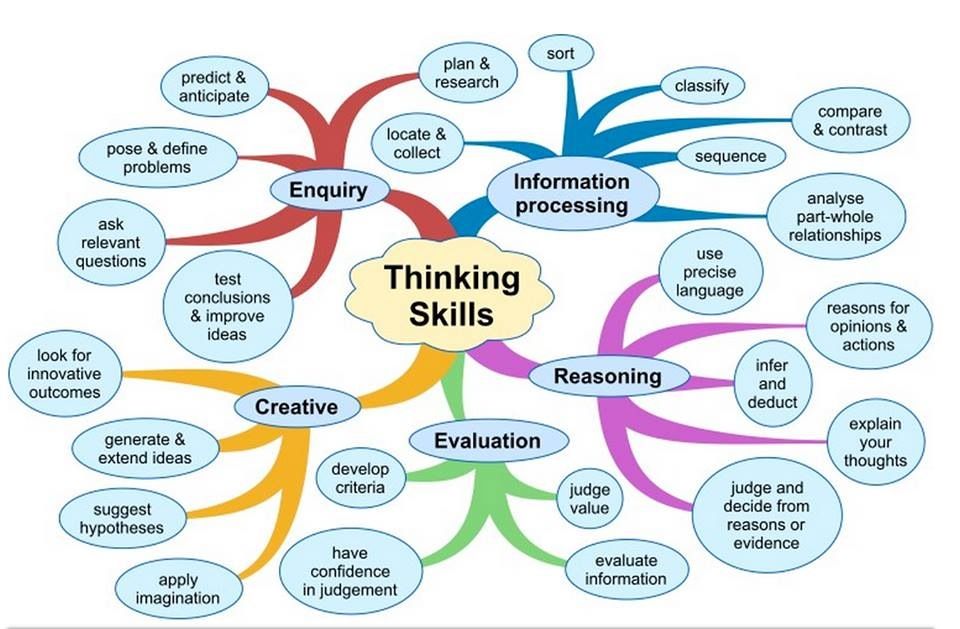 wmv
wmv
Parent & Childhood Workshops, page 75
Slide #13
Song Language Toddler.wmv
Song Language Infant.wmv
Parent & Childhood Workshops, page 76
Fun with Letters for Parents and Children
Slide #8
Teaching Letter.wmv
Parent & Childhood Workshops, page 43
Slide #15
Denny and Tanner.wmv
Parent Workshop, page 17
Slide #16
Stretching Language toddler.wmv
Parent Workshop, page 18
Slide #17
Songs & Language.wmv
Parent Workshop, page 19
Slide #22
Pretend Reading toddler.wmv
Kristi and carly.wmv
Parent Workshop, page 24
Slide #25
Pretend Play toddler.wmv
Parent Workshop, page 25
These video clips may be used only by those who have purchased the Every Child Ready to Read 2nd Edition Kit. The following credit statement must appear on any handouts, websites, or other materials developed by the library, outside of the materials provided in the ECRR toolkit.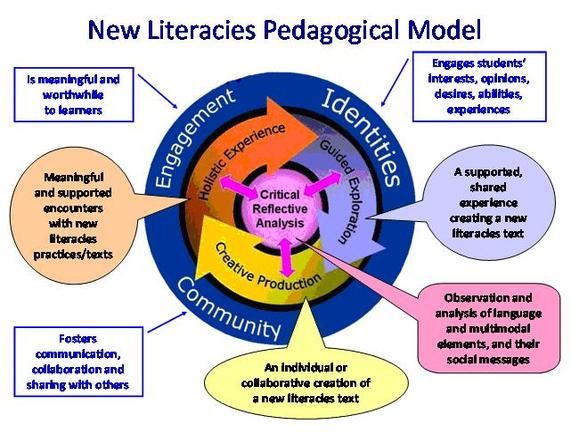 This permission is granted with the condition that the materials you create and use are for educational purposes only (not for resale).
This permission is granted with the condition that the materials you create and use are for educational purposes only (not for resale).
“Every Child Ready to Read® @ your library® is a program of the Association for Library Service to Children and Public Library Association, divisions of the American Library Association. Every Child Ready to Read® @ your library® is a registered trademark and is used with permission.”
Spanish-language Video Clips
These videos are designed to help illustrate the ideas in the slide sets available in the Every Child Ready to Read® @ your library® Toolkit for Spanish-Speaking Communities; plan to use them during your workshops.
How to download video clips/mp4 files below: Right click on the video title/link you’d like to download. In the window that opens up, click “save target as” or “save link as.” A “save as” window will open, allowing you to browse for the location where you want to save the file.
If you’d like to download the original, larger versions of the clips [40+ MB], click on the Vimeo links provided.
Stretching Language – Toddler [4 MB]
(Download original on Vimeo.com – Stretching Language)
Pretend Reading – Toddler [5 MB]
(Download original on Vimeo.com – Pretend Reading)
Sharing Books [5 MB]
(Download original on Vimeo.com – Sharing Books)
Pretend Play – Toddler [5 MB]
(Download original on Vimeo.com – Pretend Play)
Wordless Books – Toddler [6 MB]
(Download original on Vimeo.com – Wordless Books)
Ordering Pizza [5 MB]
(Download original on Vimeo.com – Ordering Pizza)
Talking to Increase Vocabulary & Compehension [3 MB]
(Download original on Vimeo.com – Talking)
Teaching Letters [3 MB]
(Download original on Vimeo.com – Teaching Letters)
Many thanks to Waukegan Public Library for creation of these videos.
“The Five Practices and The Early Literacy Components Support Each Other”
Help for relating the five practices of ECRR2 to the early literacy components of ECRR1.
Formation of artistic and creative competencies as a component of the prerequisites for functional literacy in older preschoolers through an activity approach
Aleksanova Dina Viktorovna, educator MKDOU d / s No. |
Alina Masalimovna Solovitskaya |
In today's rapidly changing world, the priority task of preschool education is the development of a highly moral personality capable of realizing its potential in the conditions of modern society. In accordance with the Federal State Educational Standard, the result of mastering the main educational program of preschool education is not only the formation of a baggage of knowledge among preschoolers, but also the ability of pupils to make their own decisions, based on the experience gained in various activities. This is due to the fact that in real life, not only the availability of knowledge is in demand, but also the ability to apply it.
Let's turn to the concept of functional literacy. Functional literacy is the ability to use acquired knowledge and skills to solve the maximum range of life tasks in various fields of activity, which fully complies with the requirements of the Federal State Educational Standard.
According to international standards, the key components of functional literacy include: reading, mathematics and science. But in preschool education, as an effective means of unlocking the potential, skills and abilities of pupils, it would be appropriate to single out creative literacy, which develops through visual activity, work on familiarizing with art, arts and crafts as areas that form the basic competencies for a full-fledged portrait of a graduate and how a consequence of a functionally literate personality in the future.
In preschool education, it is appropriate to talk about the formation of pupils' competencies, the acquisition of which is a component of general literacy already in the international sense. We can safely say that artistic and creative competencies are one of the components in the work on the formation of key literacies already at the level of preschool education. These competencies are formed in the course of organized educational activities in modeling, application and drawing, in individual and preliminary work on fine arts, through familiarization with art, in activities that are organized during regime moments, in the free activities of children.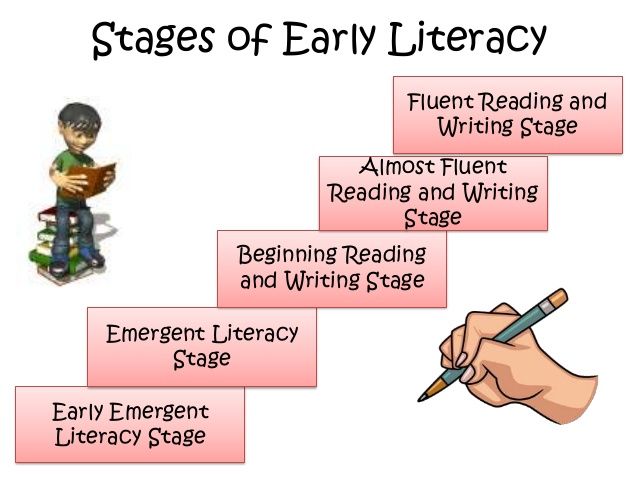
It's no secret that at the present stage of development of preschool education, the introduction of innovative technologies to improve the efficiency of the educational process is a regularity and is of a significant nature, accompanying changes in the methodology of working with preschool children within the framework of the Federal State Educational Standard. Not only acquired knowledge becomes important, but also the methods of assimilation and processing of information, the development of cognitive forces and the creative potential of pupils. Therefore, in our work, in addition to traditional methods and techniques, we actively use innovative technologies that complement and improve the already familiar forms of work.
One such technology is critical thinking technology. Technology is an integral system that forms the skills of working with information, focused on maintaining children's interest in the learning process, awakening research and creative activity. The child is provided with conditions for comprehending the material, generalizing the acquired knowledge and applying them in practice. To implement the technology of critical thinking in order to effectively form artistic and creative competencies, we use the syncwine method. It develops the activity of pupils, promotes the development of interest in the fine arts and artistic activity.
To implement the technology of critical thinking in order to effectively form artistic and creative competencies, we use the syncwine method. It develops the activity of pupils, promotes the development of interest in the fine arts and artistic activity.
Purposeful, systematic use of syncwines activates the child's attention, the work of thought, emotional and aesthetic responsiveness, fantasy, creativity, sets preschoolers for the upcoming work. The artistic word helps to create vivid images, which are then enriched as a result of the activation of thinking, creative imagination and are embodied in the creative works of children. Sinkwine helps to consolidate ideas about the characters and events depicted, enhances the figurative expressiveness of the drawings. Most often, we use this technique to communicate the topic of the lesson. At the same time, the pupils are voiced a ready-made syncwine riddle, through which the children are tasked with guessing who or what they will portray today.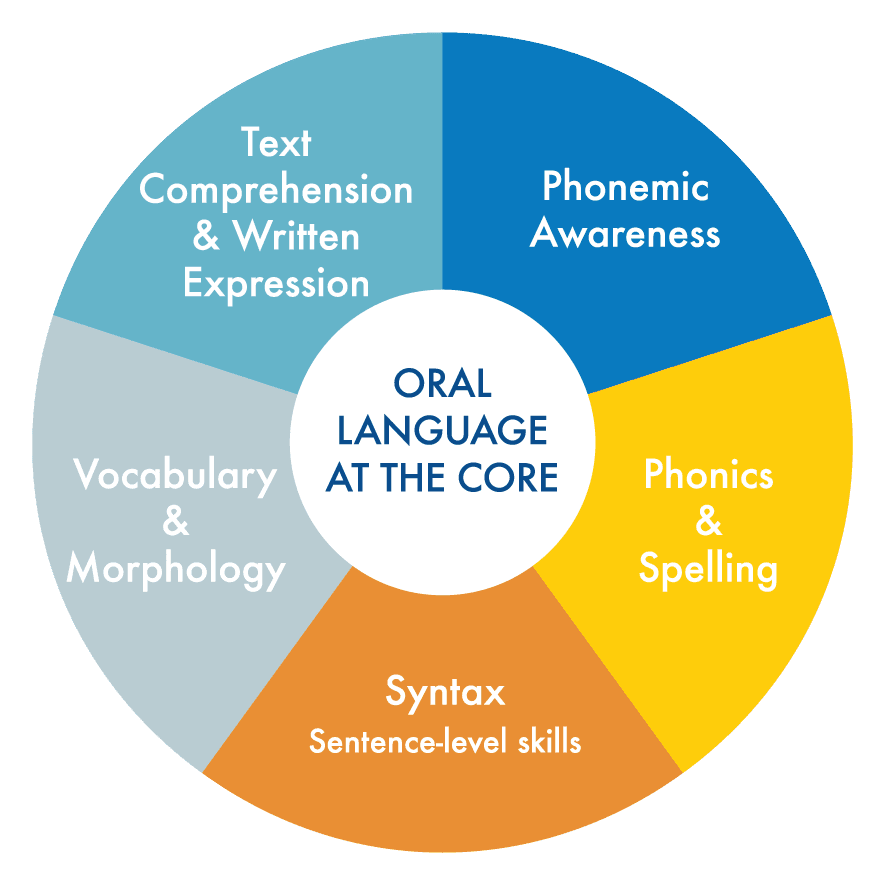 To do this, they need to analyze the given poem, understand what it is about, determine the missing part - the topic and fill it in. Drawing up a syncwine during organized educational activities or preliminary work on fine arts takes relatively little time, but at the same time it is an effective way to develop emotionality, sensuality, and creative competencies.
To do this, they need to analyze the given poem, understand what it is about, determine the missing part - the topic and fill it in. Drawing up a syncwine during organized educational activities or preliminary work on fine arts takes relatively little time, but at the same time it is an effective way to develop emotionality, sensuality, and creative competencies.
One of the priorities of our preschool institution is the use of technical gaming equipment in the educational process. We consider it expedient to use this equipment for the effective formation of children's artistic and creative competencies. The use of gaming technical equipment and information technology helps to develop interest in learning, to cultivate independence, allows the child to develop in the spirit of modernity, enables teachers to qualitatively update the educational process of the preschool educational institution and increase its effectiveness.
In our work on the development of creative literacy of preschoolers, we actively use gaming and technical teaching aids: programmable robots "Botley" and "Bee-Bot", "Carpet recorder" Casket "V. V. Voskobovich. For example, we offer children to independently draw up a technological map for the implementation of a product of visual activity. To do this, on the working field we place cards with a schematic representation of the stages of work - pictograms. Children are invited to independently examine the model of the work of the educator, analyze what materials will be needed to complete the work, what sequence of operations needs to be performed to achieve the desired result. After completing the analysis and making a decision, the pupils give the programmable robot the necessary commands, in accordance with which it moves across the working field from card to card, thereby denoting the sequence of actions. When working with the carpet maker V.V. Voskobovich, children pave the way from one pictogram to another, using "smart arrows" and contact colored ropes, thereby setting the desired sequence. Next, the children put up pictograms with the designation of actions in the correct sequence, independently compiling a technological map for the execution of a drawing, application, modeling on a given topic.
V. Voskobovich. For example, we offer children to independently draw up a technological map for the implementation of a product of visual activity. To do this, on the working field we place cards with a schematic representation of the stages of work - pictograms. Children are invited to independently examine the model of the work of the educator, analyze what materials will be needed to complete the work, what sequence of operations needs to be performed to achieve the desired result. After completing the analysis and making a decision, the pupils give the programmable robot the necessary commands, in accordance with which it moves across the working field from card to card, thereby denoting the sequence of actions. When working with the carpet maker V.V. Voskobovich, children pave the way from one pictogram to another, using "smart arrows" and contact colored ropes, thereby setting the desired sequence. Next, the children put up pictograms with the designation of actions in the correct sequence, independently compiling a technological map for the execution of a drawing, application, modeling on a given topic. Didactic games are organized according to the same principle, children compose algorithms for mixing primary colors to obtain composite ones, assemble an image of an object from parts. This technique contributes to the development by children of a system of various actions for examining objects, methods of simple analysis, comparison, and the ability to observe. Working with robots and a carpet maker helps to consolidate children's knowledge of sensory standards and form the ability to navigate in space, correctly determine the direction of movement, be active, communicate, and draw conclusions.
Didactic games are organized according to the same principle, children compose algorithms for mixing primary colors to obtain composite ones, assemble an image of an object from parts. This technique contributes to the development by children of a system of various actions for examining objects, methods of simple analysis, comparison, and the ability to observe. Working with robots and a carpet maker helps to consolidate children's knowledge of sensory standards and form the ability to navigate in space, correctly determine the direction of movement, be active, communicate, and draw conclusions.
Modeling, appliqué, drawing are productive types of children's activities, in turn, familiarization with art and types of art is an integral part of the formation of artistic and creative competencies. Introduction to art in children of senior preschool age includes familiarity with architecture, graphics, sculpture and painting. Getting acquainted with the types of painting, children master such concepts as analysis, synthesis, generalization, perception of form, proportion, symmetry, spatial relations, temporal relations, properties of objects, phenomena, the ability to perceive information, express their opinion, share impressions, emotions, empathize and etc. We can safely say that in everything that is stated above, there is a direct connection with the formation of priority literacy.
We can safely say that in everything that is stated above, there is a direct connection with the formation of priority literacy.
On the example of acquaintance with works of painting, we actively use a poly-artistic approach - this is a combination of several types of arts that complement each other to create a holistic image. We took this approach as a basis and position it as innovative. We, following the principle of a polyartistic approach, offer children to create a holistic image, using several types of arts and an artistic word, only we offer children this in the form of a problem. We do not give ready-made material, a melody suitable in advance for the proposed picture, an artistic word, but we offer a choice: several melodies, several works of art, most often poems, we reinforce them with productive activities at the stage of reflection and give children the right to choose - modeling, application, drawing or etc. The implementation of such an approach in the educational process contributes to the development of a holistic worldview in the child and the formation of an aesthetic attitude to the world around him and art, as a reflection of this world.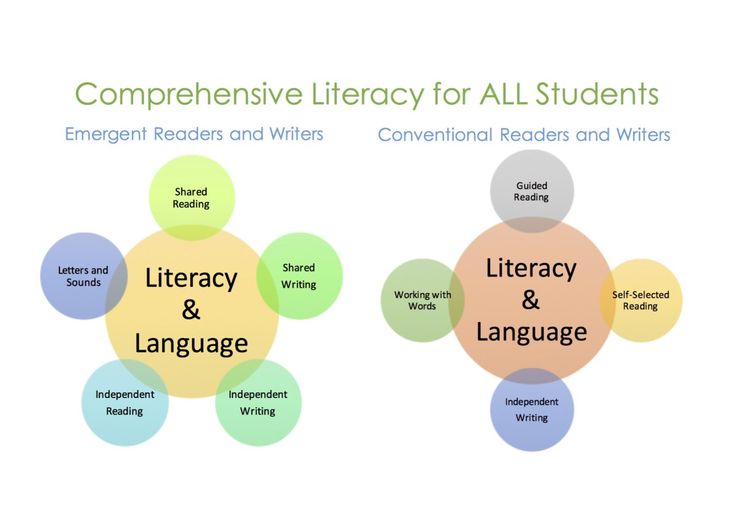
Summing up, I would like to say that in the conditions of preschool education, the process of forming the prerequisites for functional literacy will be successful only if the disclosure of the skills and abilities of pupils will take place in a system of close integration of competencies acquired by preschoolers in various types of activities through an activity approach, supported by solid theoretical knowledge.
| Number of views: 1723 |
Early career guidance games for preschoolers | Methodological development on the basics of financial literacy (senior group):
Games on early career guidance for preschoolers
The national project "Education", the Federal project "Success of every child" gives a clear definition of early career guidance: orientation of children, including children of primary school and preschool age, and navigation through existing professions and professional areas, preparation for choosing a profession (taking into account the characteristics of the individual and the needs of the economy in personnel). [3] Entering the world of professions, starting from preschool childhood, is associated with the development and self -determination of personality in the future. In the process of introducing children to the world of adults, early professional orientation contributes to the accumulation of social experience of the child's interaction with adults and peers, the development of skills to act together with others. [2]
[3] Entering the world of professions, starting from preschool childhood, is associated with the development and self -determination of personality in the future. In the process of introducing children to the world of adults, early professional orientation contributes to the accumulation of social experience of the child's interaction with adults and peers, the development of skills to act together with others. [2]
In order to form an interest in the work of adults, a special developing subject-spatial vocational guidance environment is needed, maximally aimed at mastering labor skills in various types of children's activities and getting to know the world of professions in a preschool educational organization.
In the course of the analysis of modern didactic tools for early vocational guidance of preschoolers, we noted the monotony of games and manuals, which boil down only to the formation of ideas about professions and tools of labor activity and represent either: selection of pictures in pairs, for example, “Find two identical tools”; selection of pictures on a common basis, for example, “Who needs what for work?”; drawing up split pictures "All professions are important.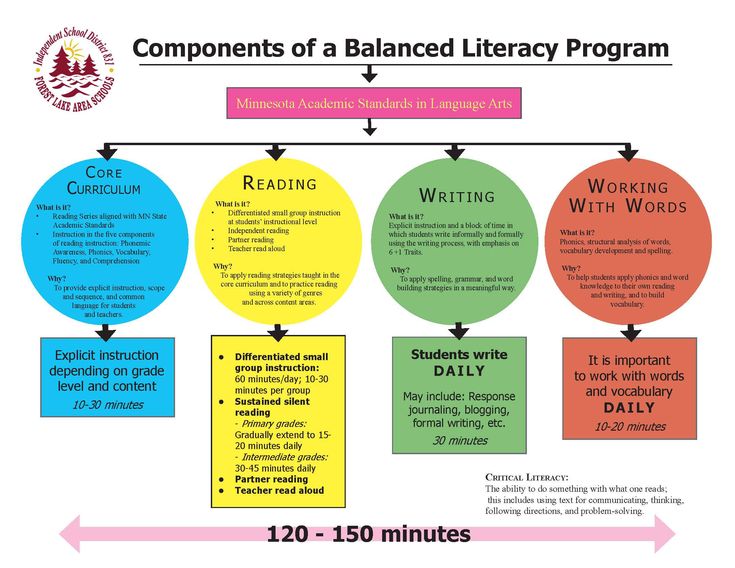 " [1
" [1
But didactic games that model the structure of the labor process help the adult child to realize the social significance of labor: the purpose and motive of labor, the subject of labor, tools and equipment, labor actions, the result of labor. Therefore, we assigned a special role to the creation of original didactic games of a professionally oriented orientation and adapted them for children of senior preschool age.
Let's give variants of such games.
"Professions around us"
Purpose: expansion of systemic ideas about the work of adults of various professions (cook, builder, doctor, hairdresser, seamstress, etc.), establishing a connection between the components of the labor process.
Material for the game: five dice: each dice symbolizes a component of the labor process from goal-setting to the result of labor, the faces of the dice have images of different labor processes, a schematic model for compiling a "portfolio" of the profession.
Content of play activity.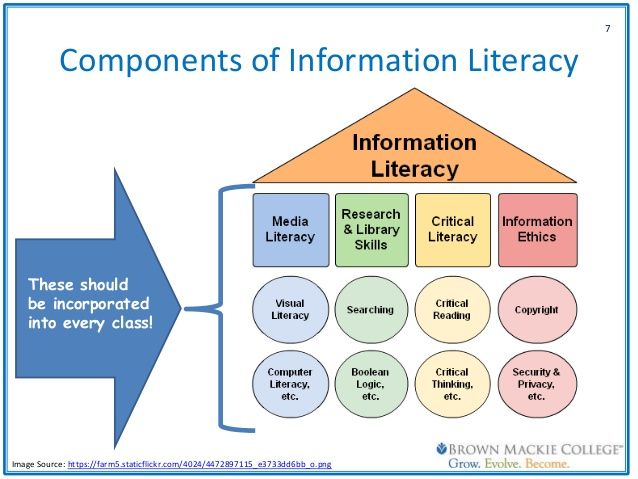 To establish a connection between the components of the labor process, we use a model of five cubes. By random selection (with the help of a cube), the child determines the profession, which algorithm he will compose. Using a schematic model, the child selects the desired faces of the cubes and lays them out in the following sequence:
To establish a connection between the components of the labor process, we use a model of five cubes. By random selection (with the help of a cube), the child determines the profession, which algorithm he will compose. Using a schematic model, the child selects the desired faces of the cubes and lays them out in the following sequence:
1. A person of profession.
2. Materials.
3. Tools.
4. Labor activities.
5. Results of labor.
For example, according to the scheme, children make up a model of the profession "Builder". To do this, they find the first cube with the image of a builder. On the second cube, the children must find a picture depicting building materials; on the third die - a picture with the tools and tools necessary for this profession. Pictures of the fourth die should schematically indicate the sequence of professional actions. On the fifth die, the result of labor is represented - the house built.
In our group, we created a play space marker - a multifunctional game module "Children's Cafe" as part of the World of Professions Children's Activity Center.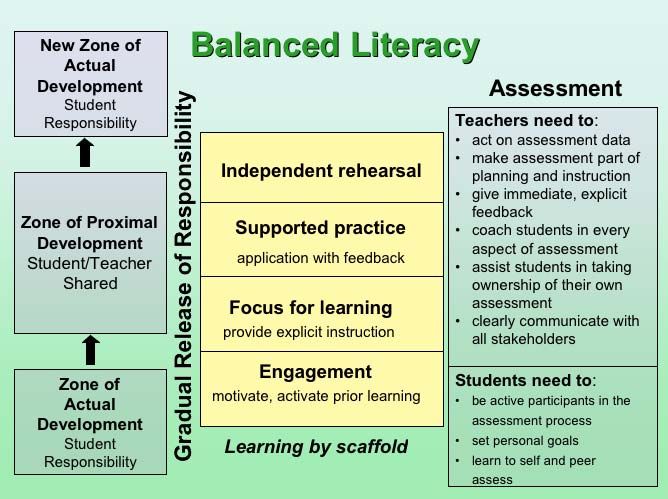 So that children can get acquainted with the process of preparing dishes by a chef, we made the game "Young Chefs" according to the same principle.
So that children can get acquainted with the process of preparing dishes by a chef, we made the game "Young Chefs" according to the same principle.
We offer the child to put the cubes so that the pictures with the components of the planned labor process are on one side. The images of the first cube reflect the chef's intention, that is, what dish he wants to cook (salad, scrambled eggs, bake pancakes, etc.). On the second cube, children find pictures of the products used in the preparation of the dish; on the third cube - pictures of the necessary tools. Pictures of the fourth die schematically indicate the sequence of professional actions. The fifth cube represents the result of labor - ready meals.
When children can already establish logical connections between the components of the scheme, comprehend the significance of each component, that is, understand the essence of a particular type of professional work, they can be offered a game where they will get acquainted with the classification of professions.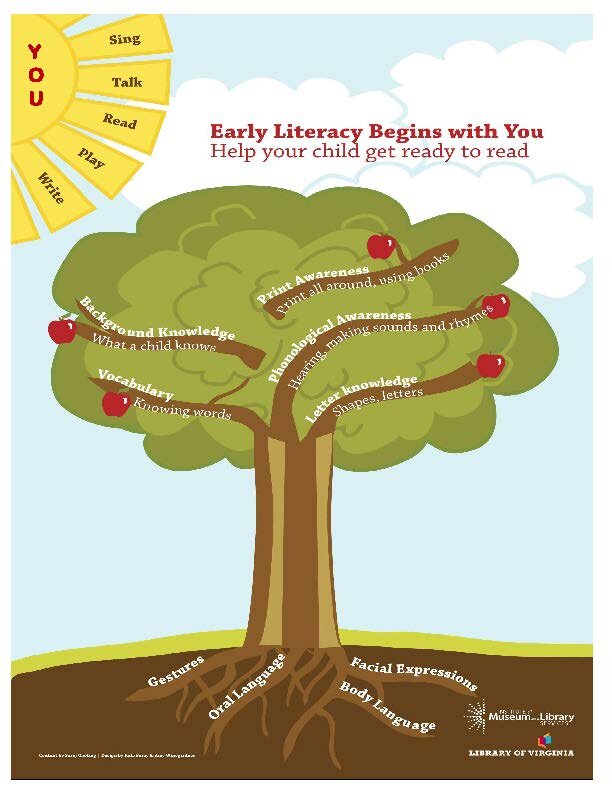
"Journey into the world of professions"
Purpose of the game: to form ideas about the diversity of the world of professions.
Material for the game: five playing fields of different colors, envelopes according to the colors of the playing fields, picture cards of the components of labor of various professions to draw up the image of the profession, forms.
Game description: children with the help of a special playing field, consisting of five parts: "man-man", "man-technology", "man-art", "man-sign", "man-nature" by random selection ( with the help of a die) get to one of the "cities" and get acquainted with the professions that live there. Familiarization occurs by compiling the image of the profession from the proposed cards on a special form. Using the scheme, children lay out cards on the form, which show:
1. Clothing of a representative of the profession.
2. Tools, instruments of labor.
3. Personal qualities of a representative of the profession.

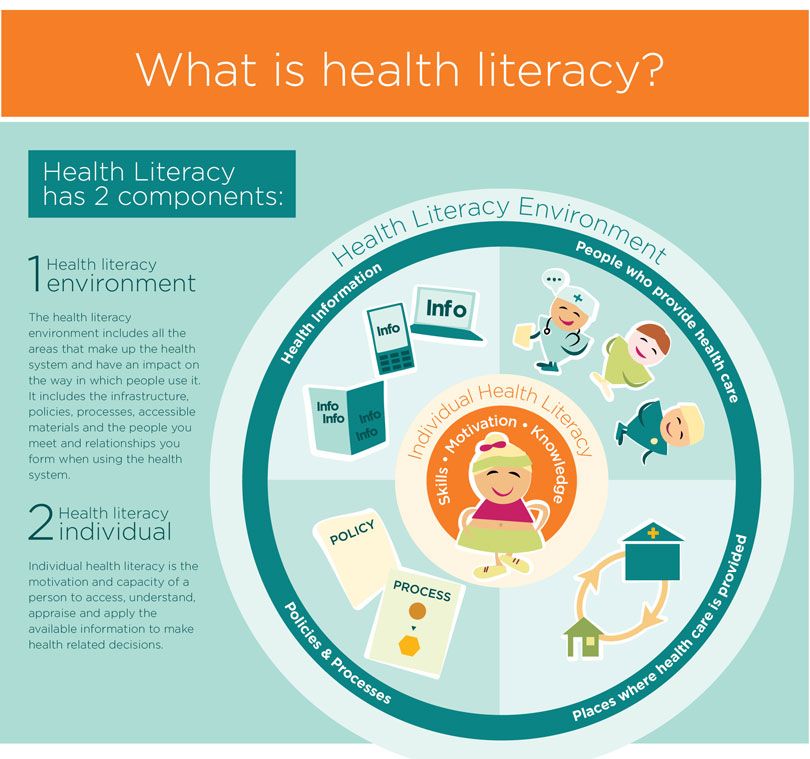 77, Novosibirsk
77, Novosibirsk 